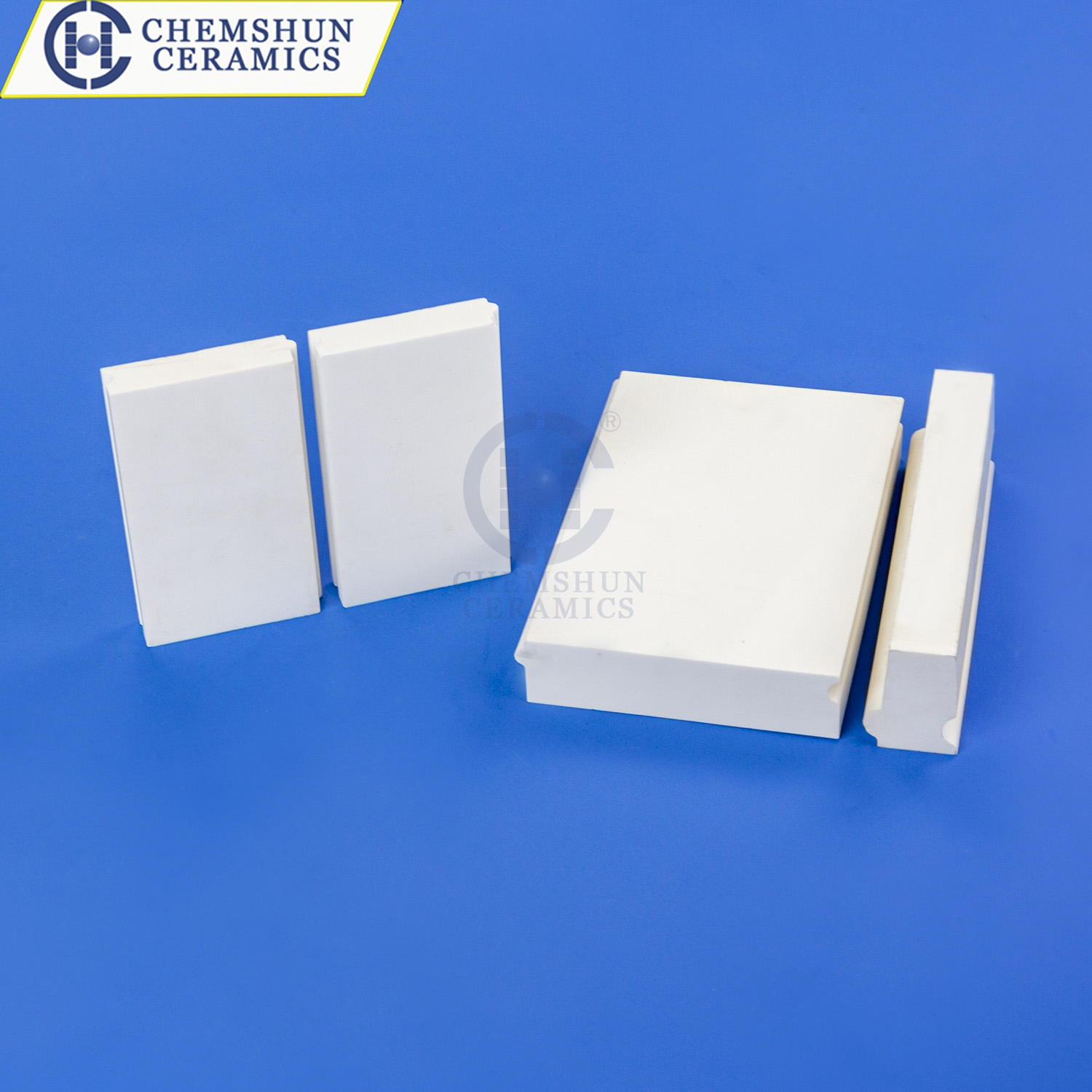Top articles
- Precautions for the application of wear-resistant ceramic glue
- Application of wear-resistant ceramic pipes
- High-purity 99.7% alumina ceramics helpful to semiconductor manufacturing technology
- Alumina Ceramic Grinding Balls: High-Efficiency Solutions for Industrial Grinding
- How to Select Suitable Wear-Resistant Ceramic Lining Tiles in the Mining Industry
- Advantages of Ceramic Rubber Composite Liners in Industrial Applications
- How to Install Alumina Ceramic Liners for Long-Lasting Adhesion?
- 99% alumina bulletproof ceramics are the preferred materials for protective devices
- Alumina Ceramic Substrates:Characteristics,Advantages,Disadvantages,and Applications
- Why do alumina industrial ceramics wear out?
Latest articles
- Precautions for the application of wear-resistant ceramic glue
- Application of wear-resistant ceramic pipes
- High-purity 99.7% alumina ceramics helpful to semiconductor manufacturing technology
- Alumina Ceramic Grinding Balls: High-Efficiency Solutions for Industrial Grinding
- How to Select Suitable Wear-Resistant Ceramic Lining Tiles in the Mining Industry
- Advantages of Ceramic Rubber Composite Liners in Industrial Applications
- How to Install Alumina Ceramic Liners for Long-Lasting Adhesion?
- Welcome to EXPOMIN 2025
- 99% alumina bulletproof ceramics are the preferred materials for protective devices
- Alumina Ceramic Substrates:Characteristics,Advantages,Disadvantages,and Applications
Your browsing history

Precautions for the application of wear-resistant ceramic glue
In many industrial scenarios, wear-resistant ceramic glue is used to firmly adhere ceramic sheets to the surface of equipment to enhance the wear resistance of the equipment. During use, the following matters need special attention.
· Glue selection: Different working conditions have different requirements for glue performance. In high temperature environments, high temperature wear-resistant ceramic glue must be selected; in environments with chemical corrosion risks, products with chemical corrosion resistance must be selected. Be sure to select the appropriate type of glue based on actual working conditions.
· Surface treatment: The surface of the adherend must be clean, dry and free of impurities such as oil, rust, etc. First, polish with sandpaper to increase the surface roughness and improve the adhesion of the glue, then thoroughly clean with cleaning agents such as acetone or alcohol, and wait until the surface is completely dry before proceeding to the next step.
· Mixing and blending: Two-component Chemshun wear-resistant ceramic glue must be mixed strictly in accordance with the specified ratio. Usually the weight ratio or volume ratio is used, and accurate measurement is performed with an electronic scale or measuring cup. When mixing, use a stirring rod to stir thoroughly to ensure that the two components react fully, otherwise it will affect the curing effect of the glue and the bonding strength.
· Coating operation: When applying the glue, use a scraper or brush to evenly apply it on the surface of the ceramic sheet and the adherend. The coating thickness should be appropriate, generally controlled at 0.5-1 mm. Avoid leaking and accumulation, ensure that the ceramic sheet and the adherend fit tightly, and exclude air.
· Curing conditions: Glue curing is greatly affected by temperature and humidity. Most wear-resistant ceramic glues take about 24 hours to cure at room temperature, and appropriately increasing the temperature can shorten the curing time. However, the curing temperature and time requirements in the product instructions must be strictly followed. Before complete curing, no external force can be applied to the bonding part or it can be put into use.









